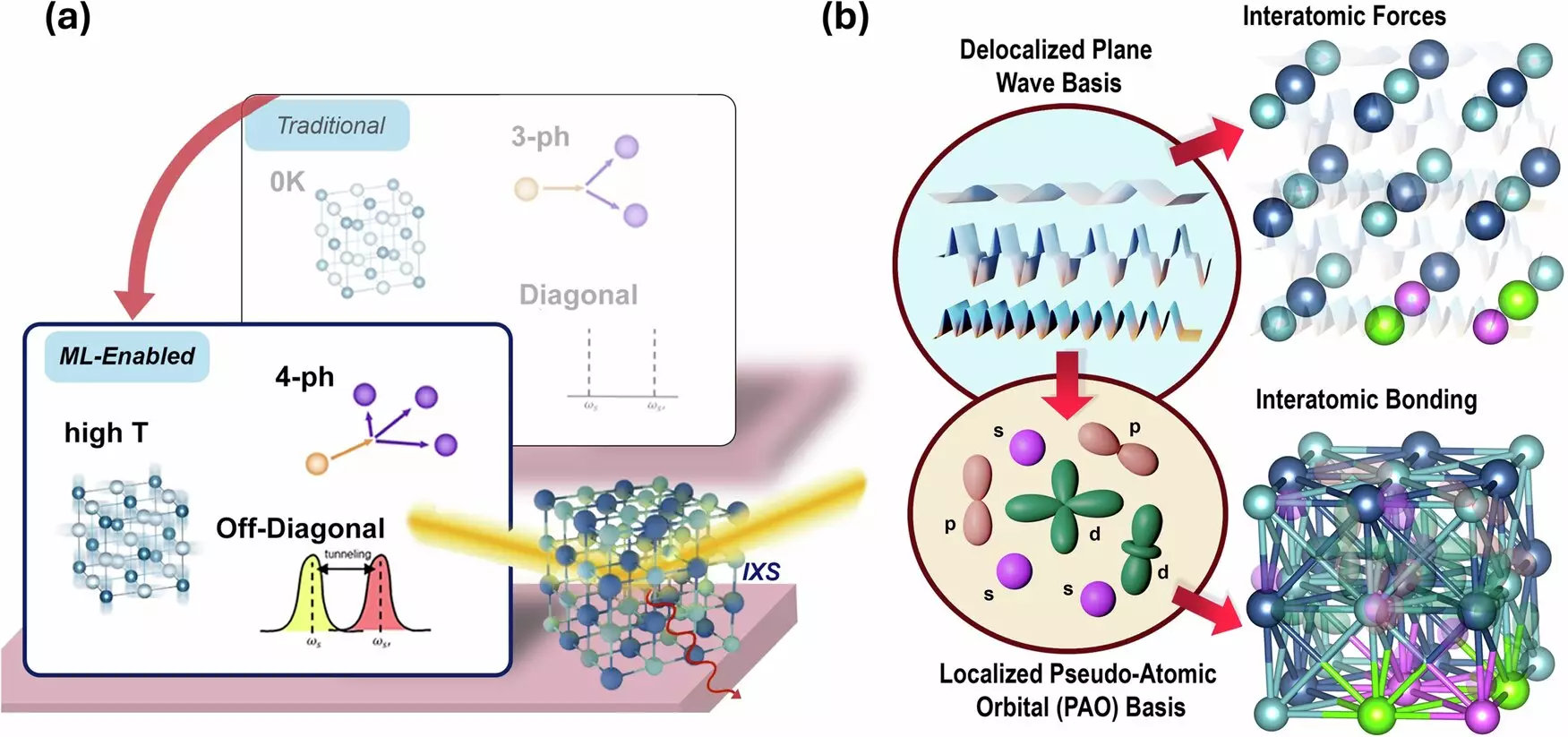In the field of material science and engineering, thermoelectric materials offer a unique avenue for energy conversion, capable of transforming temperature differences into electrical energy. Among these materials, germanium telluride (GeTe) has gained significant attention due to its outstanding thermoelectric properties. But while GeTe’s effectiveness as a thermoelectric material is well-known, recent research has unveiled a perplexing aspect of its behavior: an unexpected increase in lattice thermal conductivity at heightened temperatures. This article delves into the recent findings of Cornell researchers, exploring the underpinnings of this phenomenon and its implications for future energy applications.
Historically, the behavior of GeTe as temperature escalated puzzled scientists. Typically, one would expect a decrease in lattice thermal conductivity with increasing temperature due to increased phonon scattering. However, GeTe deviated from this norm, exhibiting an exceptional rise in thermal conductivity. This discrepancy raised fundamental questions about thermal transport mechanisms within phase-change materials. Zhiting Tian and her team at Cornell sought to illuminate the reasons behind this counterintuitive behavior, embarking on a comprehensive study utilizing advanced machine learning techniques and X-ray scattering analyses.
Tian’s study employed a blend of machine learning-assisted computational models and experimental methods to solve the lattice thermal conductivity puzzle. By conducting first-principles calculations, the researchers effectively modeled the thermal behavior of GeTe, confirming the rising trend in conductivity with temperature for the first time. The team also adapted a common technique from chemistry to analyze bond strengths, specifically focusing on the second-nearest neighbor interactions among like atoms—Ge-Ge and Te-Te. Through this innovative fusion of theoretical and experimental approaches, the work underscored the significance of bond strength changes as a function of temperature.
The study revealed compelling findings: as GeTe is subjected to heat conditions ranging from 693 Kelvin to 850 Kelvin, the Ge-Ge bond strength augmented by 8.3%, while the Te-Te bond strength surged by an astounding 103%. Such a dramatic increase in bonding interactions has profound implications for understanding thermal transport in phase-change materials. The increased strength of these bonds is posited to be a key factor contributing to the material’s unexpected rise in lattice thermal conductivity. This revelation not only sheds light on GeTe’s properties but also enhances general understanding of similar phase-change materials.
Phase-change materials like GeTe are characterized by their ability to switch between distinct stable states, drastically altering their optical and electrical properties in the process. This capability makes them attractive candidates for a plethora of applications, including optical data storage and memory devices. With the growing concern over the environmental impacts associated with traditional thermoelectric materials, the potential of GeTe to replace lead telluride—a material laden with toxicity—highlights an urgent need to explore safer alternatives within the realm of thermoelectrics.
The implications of Tian’s research extend beyond the theoretical understanding of GeTe. The findings reveal a reliable pathway toward the accurate modeling of materials in phase transition scenarios or elevated temperature conditions, thus paving the way for advancements in energy applications. Moreover, the identification of other materials exhibiting similar characteristics, such as tin telluride and tin selenide, suggests a broader applicability of these insights across various classes of phase-change materials.
As the quest for sustainable and efficient energy solutions continues, studies like those conducted by Tian’s team at Cornell represent vital contributions to the field of thermoelectric materials. The newfound understanding of GeTe’s behavior not only clarifies a long-standing mystery but also paves the way for future innovations in energy conversion technologies. In grasping the intricate relationship between temperature, bond strength, and thermal conductivity, researchers can better harness the potential of phase-change materials in addressing energy challenges, paving the way for a more sustainable future.


Leave a Reply